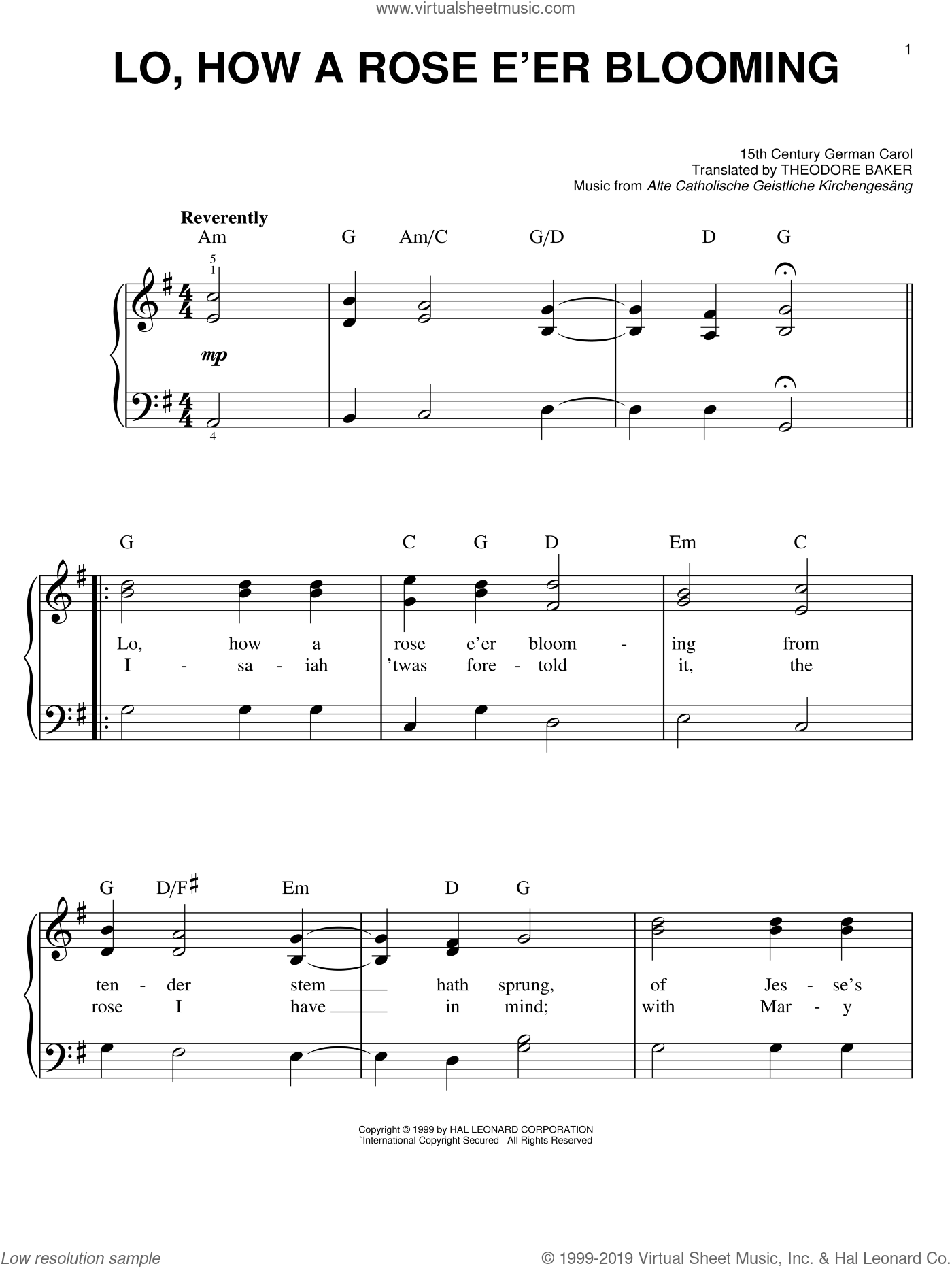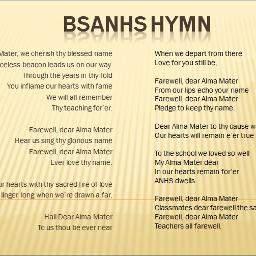
Included in her publications are Sketches Against the Dark (1981), Scandinavian Folksongs (1983), Lessons in Hymnwriting (1986, 1991), and We Are One in Christ: Hymns, Paraphrases, and Translations (1996). From 1968 to 1984 she was a professor of English and poet-in-residence at Luther College, Decorah, Iowa. Paul, Minnesota, where she has served since 1984 as a professor of pastoral theology and communications. Grindal was educated at Augsburg College, Minneapolis, Minnesota the University of Arkansas and Luther-Northwestern Seminary, St. Powers Lake, ND, 1943), originally published in the Lutheran Book of Worship (1978). Stanza 3 is a translation by Gracia Grindal (b. From 1892 until his retirement in 1926, Baker was a literary editor and translator for G. Baker studied music in Leipzig, Germany, and wrote a dissertation on the music of the Seneca people of New York State–one of the first studies of the music of American Indians. 1900), the first major music reference work that included American composers. Baker is well known as the compiler of Baker's Biographical Dictionary of Musicians (first ed.

Schirmer, Inc., in 1894 when Baker was music editor there. Dresden, Germany, 1934) and are possibly from anthem setting published by G. The English translation of stanzas 1 and 2 in the Psalter Hymnal are by Theodore Baker (b. In that hymnbook Praetorius published only stanzas 1 and 2. But in Musae Sionae (1609) Michael Praetorius changed the interpretation to point to Christ as the rose in accord with actual biblical imagery. Originally stanza 2 interpreted the "rose" as being Mary, mother of Jesus.

It was first published with twenty-three stanzas in Alte catholische geistliche Kirchengesiinge (Cologne, 1599).

Alban's Carthusian monastery in Trier and preserved in the Trier munici¬pal library, is dated around 1580. However, the earliest manuscript containing the text, found in St. Originally "Es ist ein Ros entsprungen," the carol may date back to the fifteenth century. Stanzas 1 and 2 are a combination of folklore ("amid the cold of winter") and Christological interpretation of Isaiah 11:1 and 35: 1-2. This “Twelfth Night” German carol from the Rhineland region combines the story of Luke 1-2 and Matthew 2 with Isaiah's prophecies about the "rose" from the "stem of Jesse " (Isa.


 0 kommentar(er)
0 kommentar(er)
